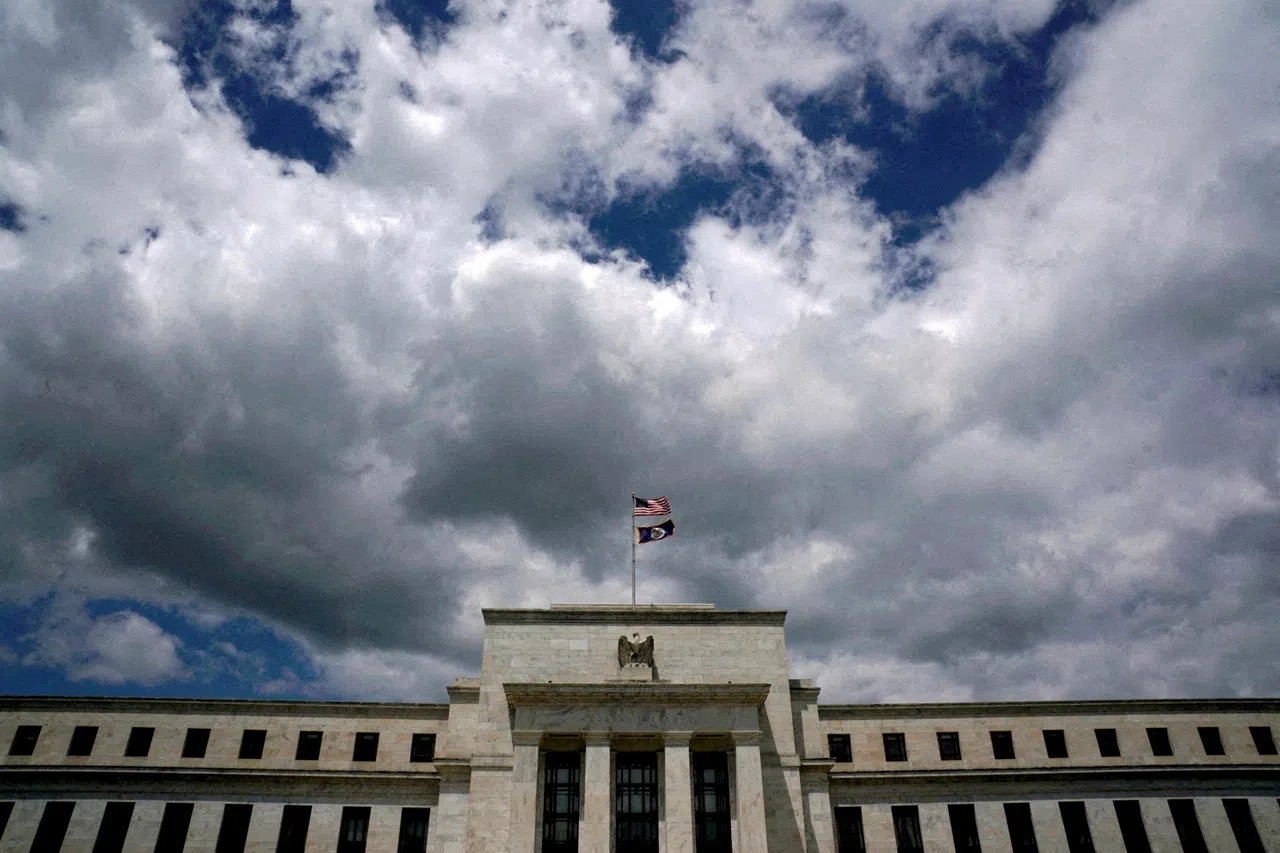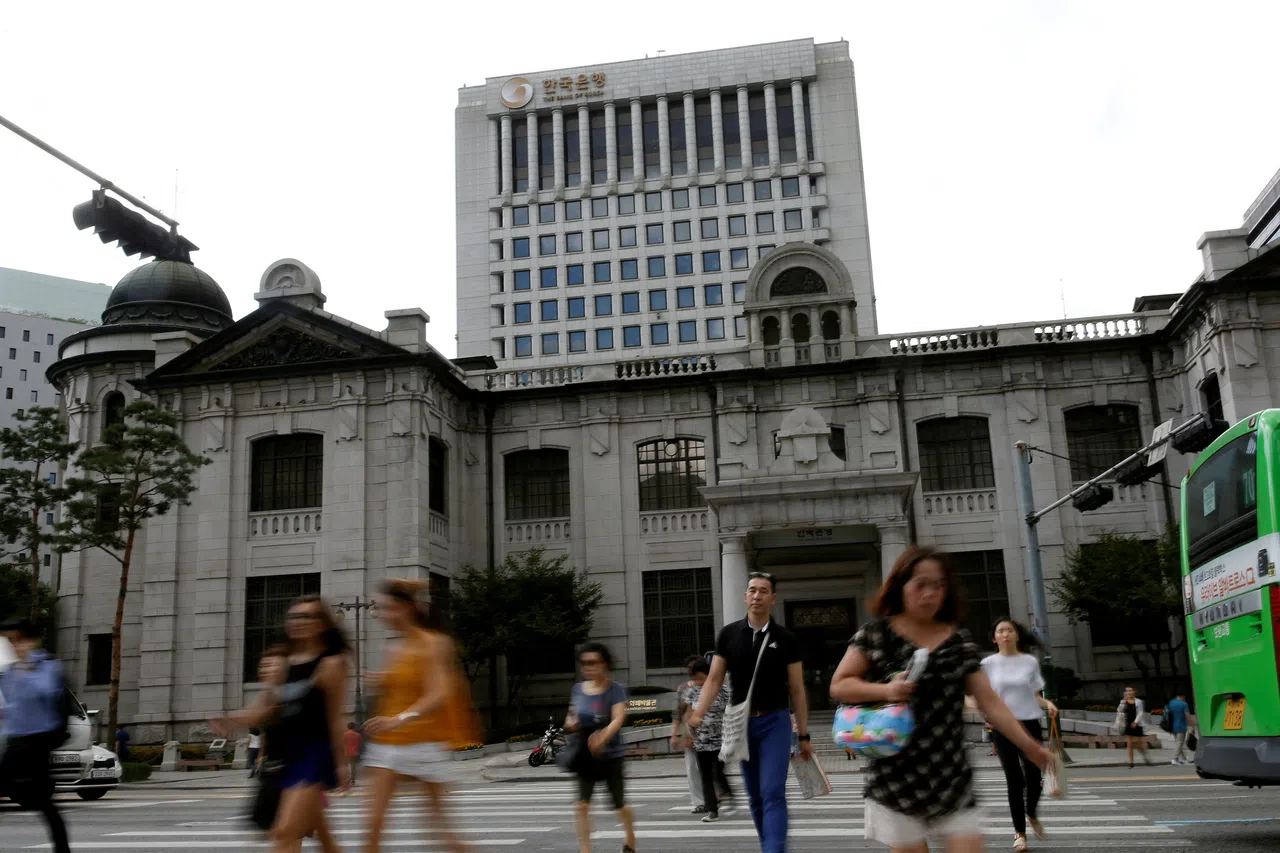FOREIGN central bank usage of a key US Federal Reserve facility rose for a third week, an indication policymakers around the world keep building cash positions amid warnings they will take steps to bolster their currencies.
These monetary officials stashed US$365 billion at the Fed’s reverse repurchase agreement facility, according to data for the period to Apr 3, up from US$354 billion a week earlier. That is the most since the week through Jan 3. Meanwhile, the central banks added US$11.6 billion in Treasury securities during the same period, leaving total holdings at US$2.95 trillion, data show.
The foreign facility, such as the domestic RRP, is a place where counterparties can park cash overnight with the Fed. Monetary authorities such as the Bank of Japan can keep a big chunk of funds there earning interest instead of in Treasury bills and other securities. And when they need to do something with those US dollars, they can just withdraw it from the facility without ruffling markets.
From Tokyo to Istanbul, policymakers are stepping in to defend exchange rates with both words and deeds as a resilient American economy contributes to keep the greenback strong by pushing back expectations for lower US interest rates.
In Japan, officials reinforced their warnings that they would not tolerate speculative moves in the yen, putting currency traders on high alert for possible intervention by the Ministry of Finance, though there was no indication of their presence in markets this week.
Before Japan intervened to defend the yen in October 2022, central banks had been boosting the amount of cash they parked at the foreign RRP to what was then a record US$333 billion. Balances then declined by the most in five months later that month. Back then, officials in Switzerland and Canada also lamented their weakening exchange rates amid a surge in inflation and the strong US dollar ripped through emerging economies, contributing to Sri Lanka’s historic default. Today, countries burdened by foreign debt remain at risk, with the Maldives and Bolivia particularly vulnerable if US dollar strength persists.
GET BT IN YOUR INBOX DAILY
Start and end each day with the latest news stories and analyses delivered straight to your inbox.
The greenback has gained against virtually every major peer in 2024, defying many on Wall Street who came into the year predicting a US dollar sell-off. That’s prompted escalating warnings from Japan on its readiness to intervene to buoy the yen from near a 34-year low. Turkey blindsided markets with a rate hike to boost the lira, China and Indonesia have moved to steady their currencies, while Sweden and India are also under pressure.
Japan’s foreign currency reserves were worth about US$1.15 trillion at the end of February, falling by US$11 billion from the previous month, according to the latest data from the Ministry of Finance. About US$155.2 billion were parked with the Bank for International Settlements and other foreign central banks, up slightly from US$154.9 billion at the end of January. BLOOMBERG




